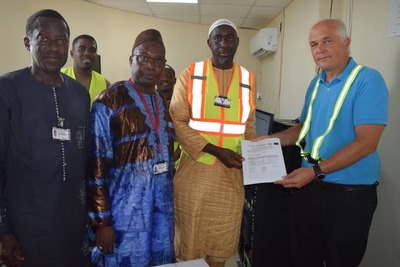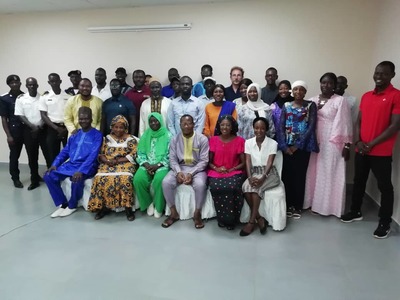Fishing In Gambia Waters - KEY FACTS
- With 80km of coastline and a continental shelf area of 4,000km2, The Gambia offers the ideal environment for industrial and artisanal fishing.
- Within this continental shelf area, there are commercially viable stocks of demersals, crustaceans, cephalopods, molluscs, and pelagic (sardinella, red mullet, horse mackerel, cranx, shads, cat fish, grunts, jacks, and snappers).
- There are about 20 locally registered fishing companies. Although the number keeps increasing, only four fishing companies have managed to acquire fishing trawlers; the rest of the companies depend solely on supplies from artisanal fishermen to feed the fish factories (there is always undersupply and factories operate below capacity).
- The dependence of most seafood processors and exporters on the growing unreliability artisanal fish supply has created investment opportunities for the lease of trawlers and mid-size fishing boats to fishing companies keen to secure a stable supply of fish.
- With further population growth, increasing urbanisation and high cost of other animal proteins the already high demand for fish is set to rise.
The fisheries sector is divided into two (2) sub-sectors:
- Artisanal activity accounted for 90% of all aquaculture and fisheries outputs.
- The fisheries and aquaculture contribution to GDP is 6.2% in 2018.
- Gross estimated national consumption fish per caput consumption average is 29 kg but it is as low as 9 kg in the inland areas.
- The fisheries and aquaculture sector provides direct and indirect employment to over 30,000 people.
- 8% of this is engaged in farming, harvesting, processing and marketing of Mollusks (mainly wild oysters and cockles)
- There are 52 licenced fishing vessels operating in 2018.
- 90% of the fishing vessels legally operating in Gambian waters are foreign owned
- In 2016, there were 5 active processing plants; all are certified to process and export fresh and frozen fish products to the EU and other countries.
Artisanal Fisheries
Is characterized as low cost and labour-intensive, and fishing operations involve the use of traditional fishing crafts and less sophisticated fishing gears, methods and techniques and processing technologies than in the industrial fishery sub-sector.
Artisanal fishing and related activities are dispersed throughout the country in marine, brackish and freshwater zones. There are approximately 155 artisanal fish landing sites within the country, 10 landing sites along the Atlantic coast and the remaining sites are found along the River Gambia and its tributaries.
The sub-sector provides direct and indirect employment to between 25.000 to 30,000 people. The major players are fisherfolks of diverse nationalities: Gambians, Senegalese, Ghanaians, Guineans and Malians.
The two most important fishing gears in the artisanal fisheries in the Gambia are encircling/surround gillnet and Set/bottom gillnet. These gears are used in fishing operations all year round and are responsible for most fish caught. Surround gillnet target small pelagic fish, particularly Bonga which is an estuarine species while Set/bottom gillnet target a wide range of demersal and sub-demersal fish species.
Industrial Fisheries
Industrial fishing activities are carried out in coastal and marine waters up to the limits of the Exclusive Economic Zones (EEZ) by industrial fishing vessels comprising mainly of fishing trawlers targeting the limited demersal species with preference for cephalopods, shrimps and other high value species (barracuda, groupers, snappers etc).


